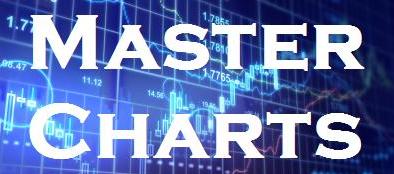Interconnectedness of the EuroZone Financial System, from the Banca d'Italia's latest financial Stability Report of Nov. 2, via the FT's Alphaville
French exposure in pictures
Posted by Sid Verma on Nov 10 12:56. Au bout du fossé, la culbute.
Brace yourself. Here are some reasons why markets are giving France, in particular, a kicking today, according to the Banca D’Italia’s latest financial sector report on November 2:
(Click to enlarge)

Source: Banca d’Italia
We will reserve judgement for now and let you mull this over. In the bank’s words: (Emphasis ours)
Figure A shows the trend in the total gross assets held by some large European Union countries (France, Germany, Italy, the Netherlands and the United Kingdom) vis-à-vis Greece, Ireland and Portugal in the aggregate and also Belgium, Italy and Spain.
The growth of gross assets was rapid for France, which had total exposure equal to about 60 per cent of its GDP at the end of 2009. For Germany the rise was more moderate but still resulted in an overall exposure of more than 30 per cent of GD P. The United Kingdom’s exposure to Greece, Ireland and Portugal rose particularly sharply (to over 25 per cent of GDP).
For the Netherlands, whose degree of openness and financial deepening is especially high, the exposure to the six countries comes to more than 100 per cent of GDP, owing in part to the massive presence of special purpose entities controlled by European financial companies. Italy’s overall exposure to the countries with sovereign debt strains – not counting domestic assets – is much lower (less than 15 per cent of GD P), compared with the other main European countries.
For both France and Germany the largest component of the exposure is debt securities (government and corporate), followed by bank loans (Figure B). For the UK the exposure consists primarily of substantial bank assets vis-à-vis Ireland.
And like manna from — eurozone-financial-exposure-statistics — heaven, the Institute for International Finance’s (IIF) Capital Markets Monitor, published Wednesday, dishes out more reasons to be bearish, particularly viz a viz France. (Click here to enlarge:)



Here come the bank deleveraging waves, current account adjustments, spike in contingent liabilities on sovereign balance sheets, safe haven bids etc… you know the drill by now.
FT Alphaville » French exposure in pictures________________________
The MasterBlog




